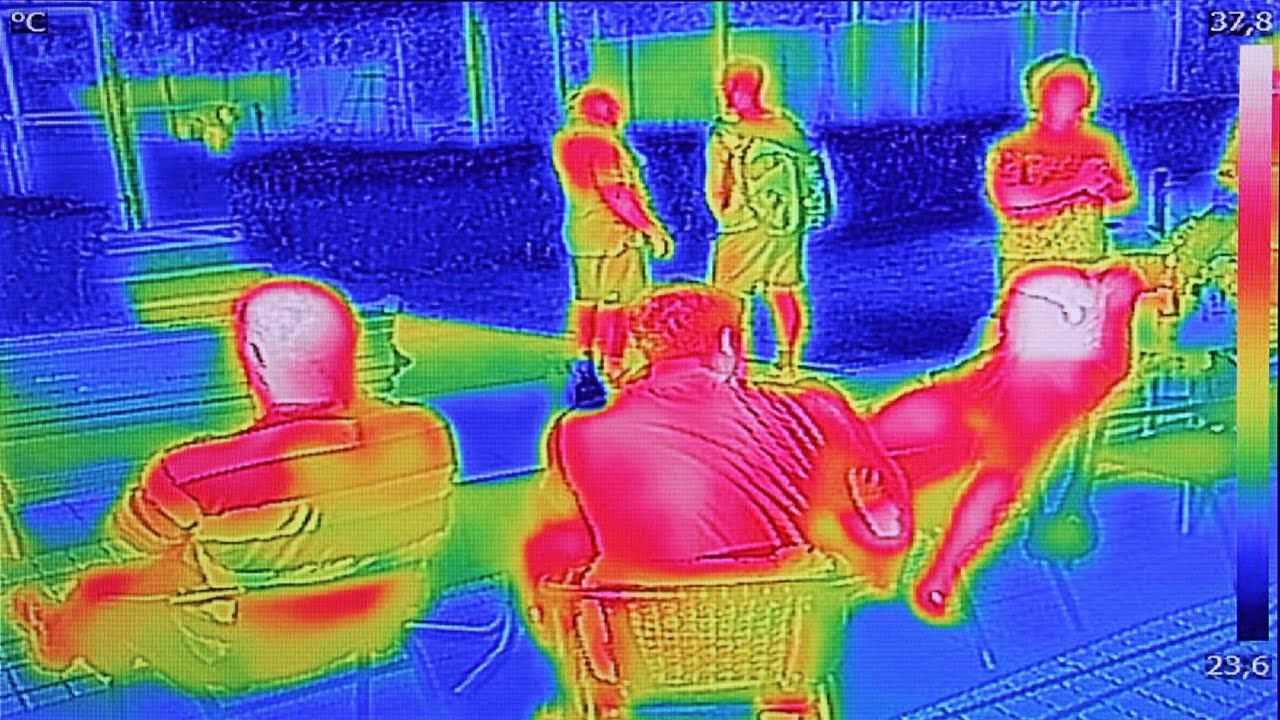
Forget about the heavy metals and toxic elements often found in traditional quantum dots. Researchers have made a groundbreaking discovery: a new type of quantum dot that’s not only safe but also compatible with CMOS technology, the workhorse of modern electronics. This opens up a dazzling array of possibilities for the future of photonics, from [..]
Read More
Researchers developed an optical sensor for monitoring concentration in liquid solutions, specifically in the Universal Waste Management System (UWMS), an International Space Station toilet. The optical concentration sensor is light-based and can be used in various sectors. Typical concentration sensors, such as the one employed in the UWMS at first, rely on changes in electrical [..]
Read More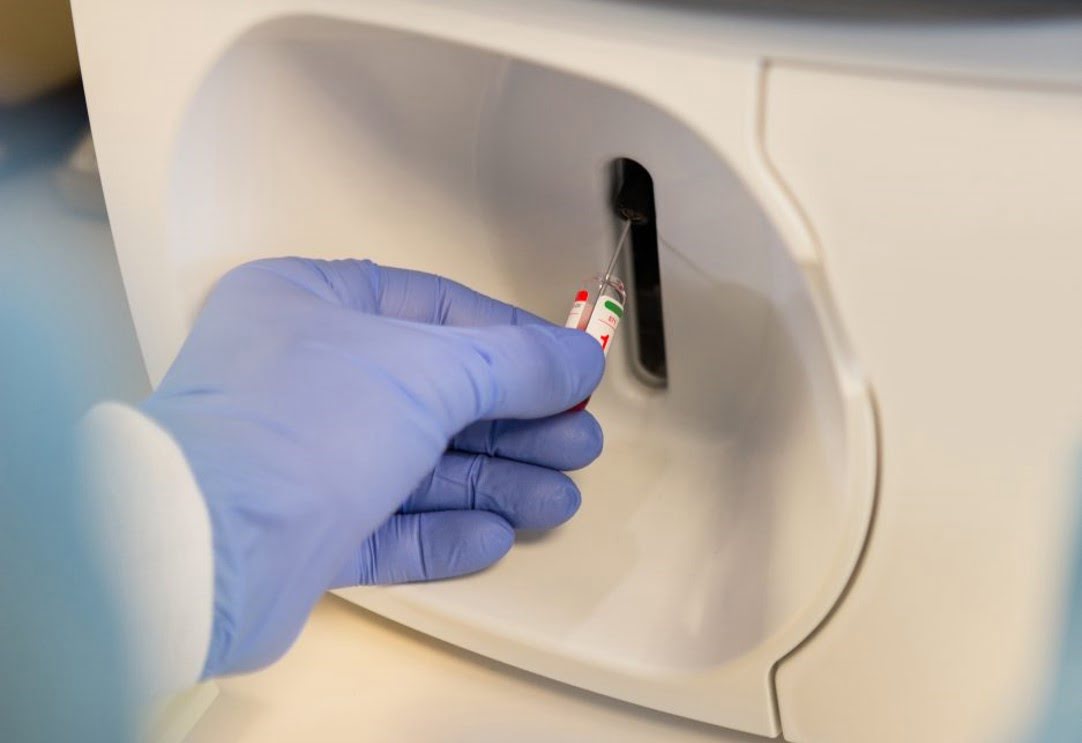
A team of scientists has developed a non-invasive handheld biosensor device for detecting biomarkers for Alzheimer’s and Parkinson’s diseases. The results of this biosensor can also be wirelessly transmitted to a laptop or smartphone. The device passed in vitro testing on patient samples, displaying accuracy similar to the most advanced current procedures. Next, this biosensor [..]
Read More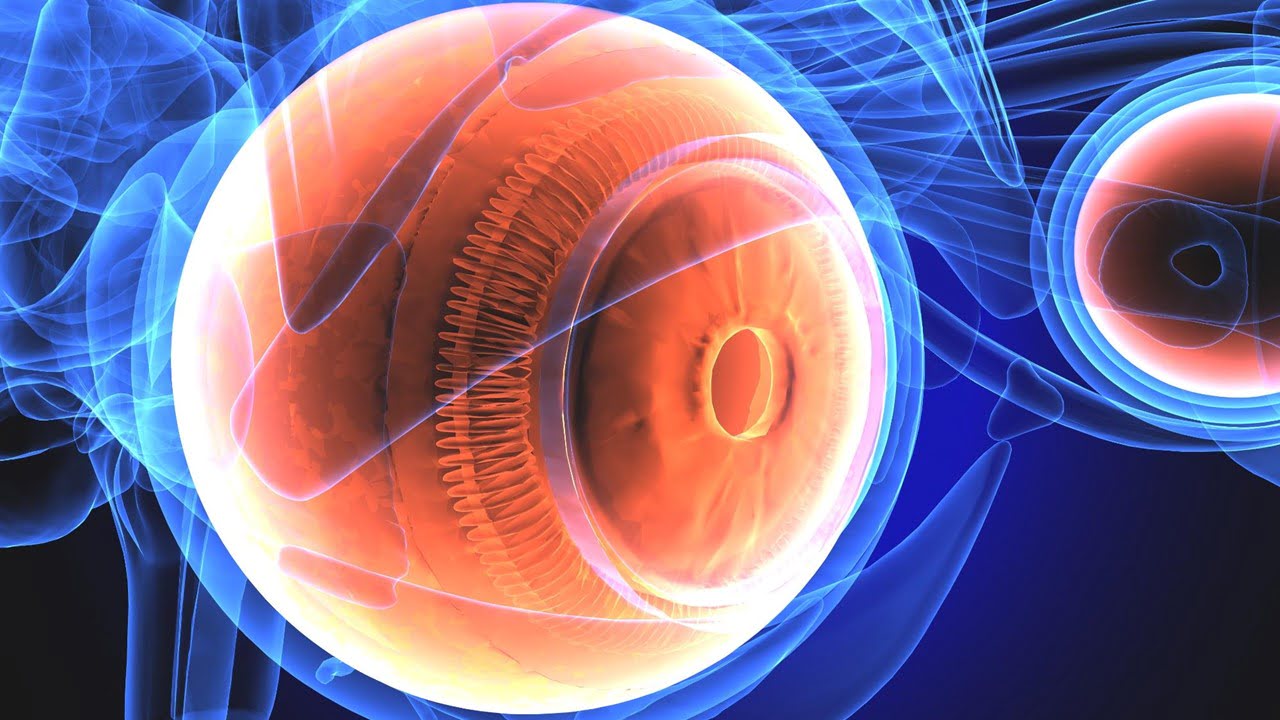
By improving digital eye care and eliminating clinical workflow bottlenecks, generative AI and large language models are changing ophthalmology. ChatGPT, a chatbot based on large language models (LLMs) and GPT-3.5 families, has been acclaimed for its capacity to hold human-like conversations and deliver complex answers to various issues. LLM technology has several medical applications, including [..]
Read More
Because Helicobacter pylori infection is a considerable risk factor for stomach cancer, regular screening is essential. Endoscopic advancements have helped the removal of big neoplasms; however, finding faint epithelial neoplasms remains difficult. A study found that using LM-NBI (Narrow-Band Imaging At Low Magnification) for comprehensive stomach observation after routine white-light imaging (WLI) was effective, especially [..]
Read More
Touchless fingerprint biometrics is a revolutionary innovation that has transformed identity security and made biometric verification more inclusive and accessible. Traditionally, fingerprint scanning was limited to specialized, touch-based hardware, but this method posed challenges such as hygiene risks, bulky hardware requirements, and accessibility limitations. The recent shift to touchless fingerprint biometrics addresses these challenges by [..]
Read More
Augmented reality (AR) has become pervasive, blending virtual content with real-world scenes. Waveguide-based AR displays have emerged as a critical technology for wearable AR systems, enabling lightweight, slim form factors and high optical performance. Waveguide combiners, which function as light guides, fold the optical path and replicate luminosity from a small light source across an [..]
Read More
Microwave photonics (MWP) has unlocked a new paradigm for Radio Frequency (RF) signal processing using photonic components’ inherent wideband and adjustable nature. Despite numerous efforts to implement integrated MWP filters, a key RF processing functionality, achieving a fully integrated photonic circuit that can merge the megahertz-level spectral resolution required for RF applications with key electro-optic [..]
Read More
Lasers are becoming more sophisticated and are being used in an increasing number of medicinal applications. One of the most difficult aspects of employing lasers in surgery is assuring their safety and precision. A team of researchers has created a new device that combines three lasers to cut bone, adjust the cutting depth, and differentiate [..]
Read More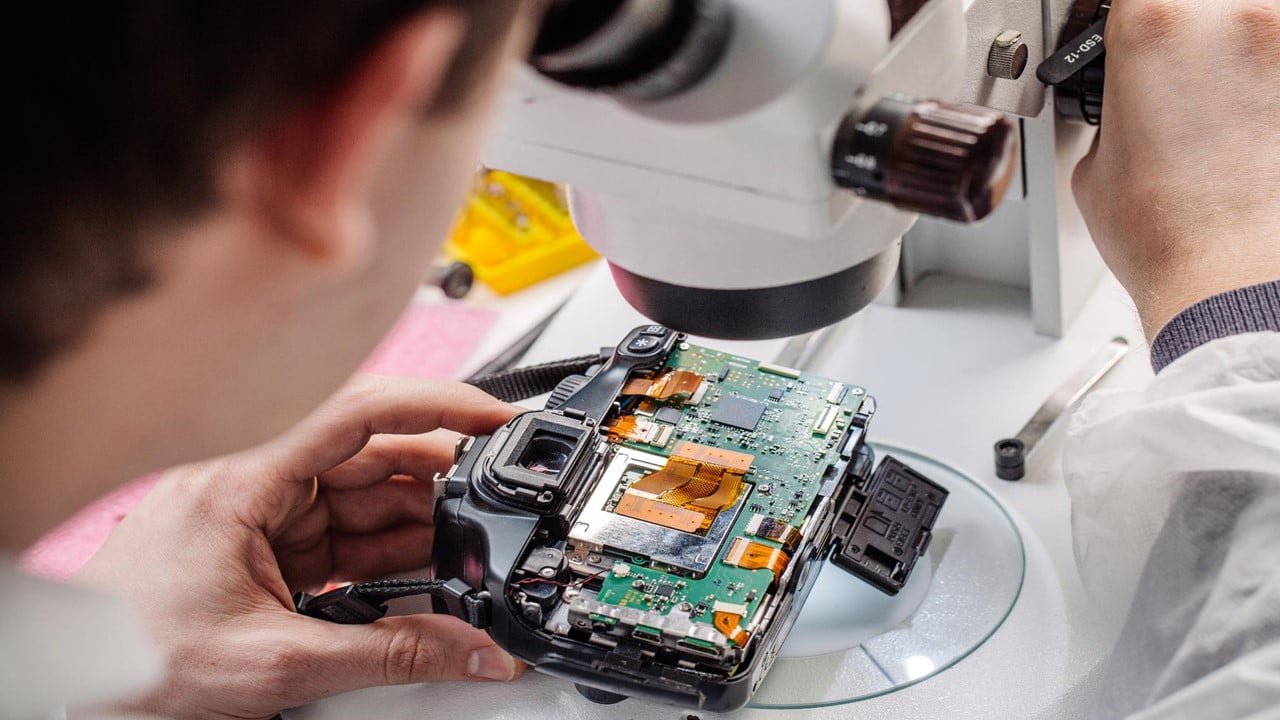
Optoelectronics, which detect or emit light, traditionally rely on thin transistors from graphene and other two-dimensional materials. However, these materials often struggle with band gap opening, leading researchers to explore the Lewis acid treatment method to improve the performance of optoelectronic devices. With its unique physical properties and long-term stability in ambient air, Palladium diselenide [..]
Read More
In laser-based manufacturing, a team of researchers has discovered a rapid way to track a surface’s precise location and adjust the focus of an optical system. They employed axial varifocal optics, specifically a TAG lens, which operates at 0.1-1 MHz, avoiding mechanical motion delays in the beam propagation direction. The researchers used dynamic z-scanning for [..]
Read More
Researchers have developed a new transmitter using complementary metal-oxide-semiconductor, i.e., CMOS chip technology and silicon photonics, which achieved remarkable data transmission rates while consuming minimal energy. Integrating silicon photonics with electronics is essential for producing practical systems for numerous applications. The combination of the optical modulator and its electronic drive amplifier is a key electronic-photonic [..]
Read More
Multiphoton excitation (MPE) microscopy has evolved significantly over the past 30 years, becoming a powerful imaging method in various life sciences. Modern techniques include fluorescence microscopy, Raman scattering, and harmonic generation. MPE is used in neuroscience, pharmaceutical development, and preclinical research. The ultrafast laser is the critical component underpinning all MPE microscopy methods. Ultrafast laser [..]
Read More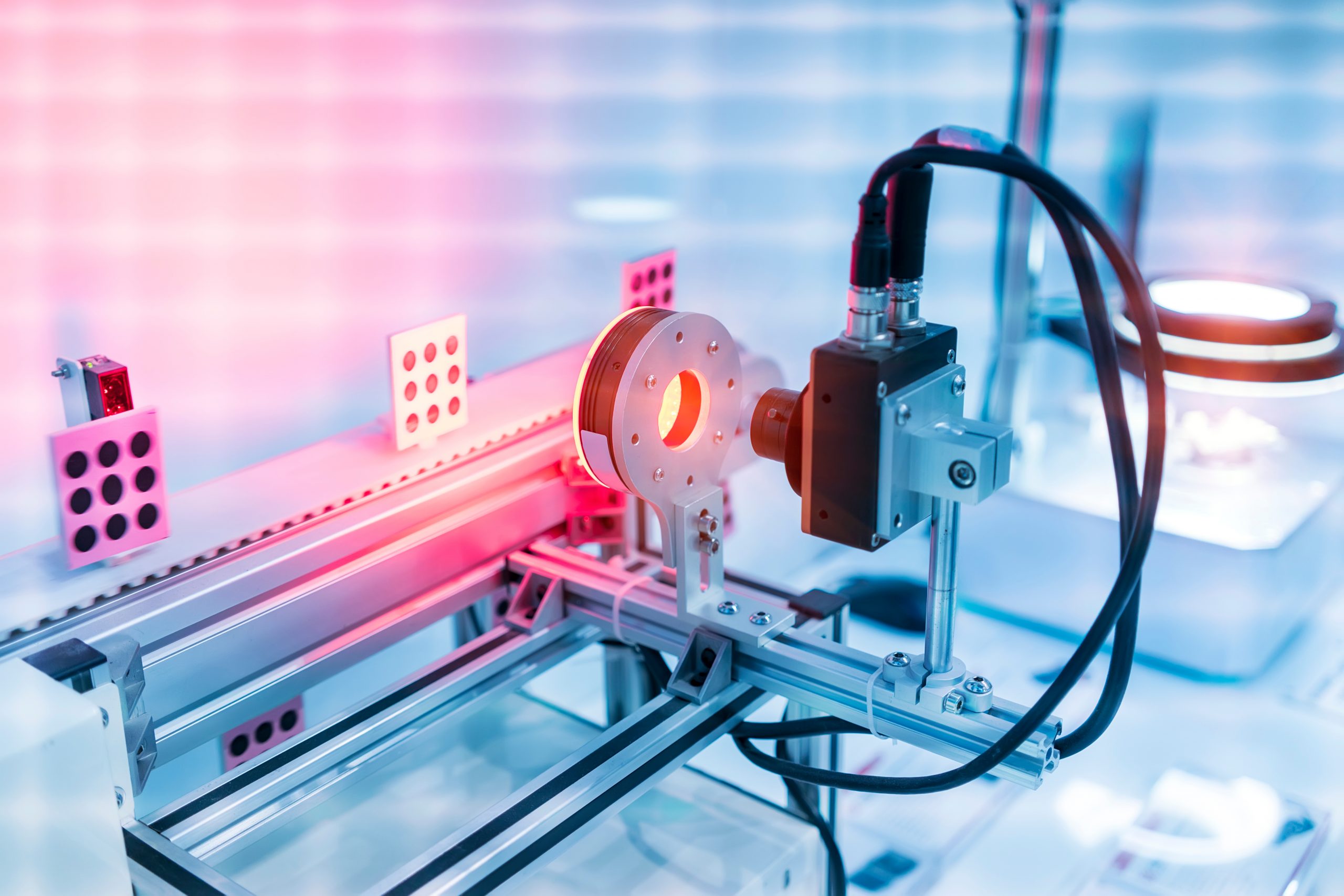
AI machine vision is a technology that enables machines to analyze and comprehend visual data like humans do. It can do tasks including item detection, scene analysis, and autonomous navigation, revolutionizing industries that humans previously dominated. Manufacturing is one of the industries where artificial intelligence machine vision has had a significant impact, with a wide [..]
Read More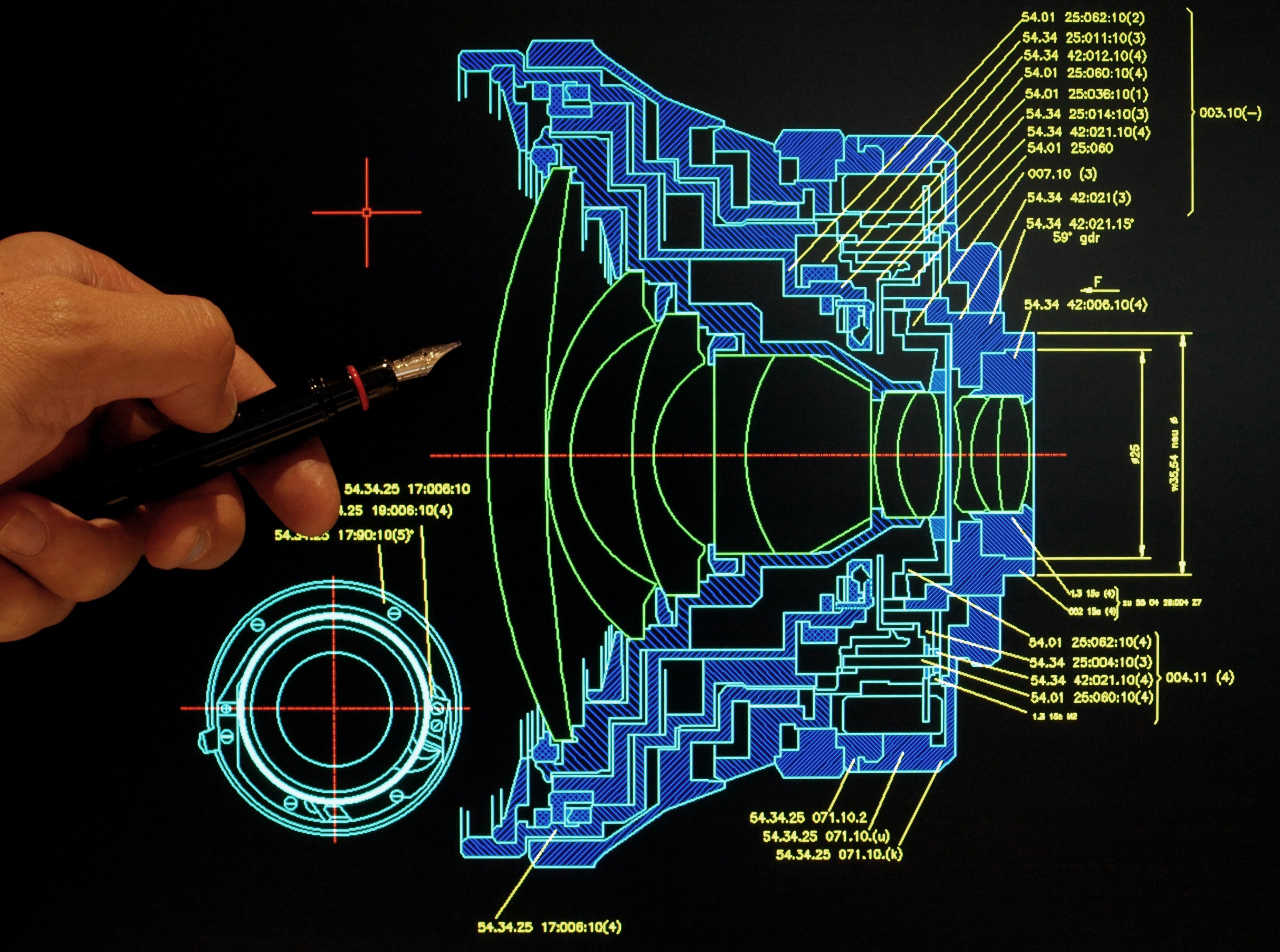
The pursuit of making everything smaller has led to significant progress in various fields, including micro-optics. Two-photon polymerization (TPP) 3D printing is an important manufacturing technique that enables these advancements. However, errors in the nanometer range can have significant consequences, making it essential to understand and compensate for systematic errors in the printing process. These [..]
Read More
Holograms provide a three-dimensional perspective of objects, creating a realistic and immersive experience. They have applications in medical imaging, manufacturing, and virtual reality. However, because of their computationally intensive nature and the requirement for a particular camera, their creation is difficult, and their broad application is limited. Many Deep Learning Approach for producing holograms have [..]
Read More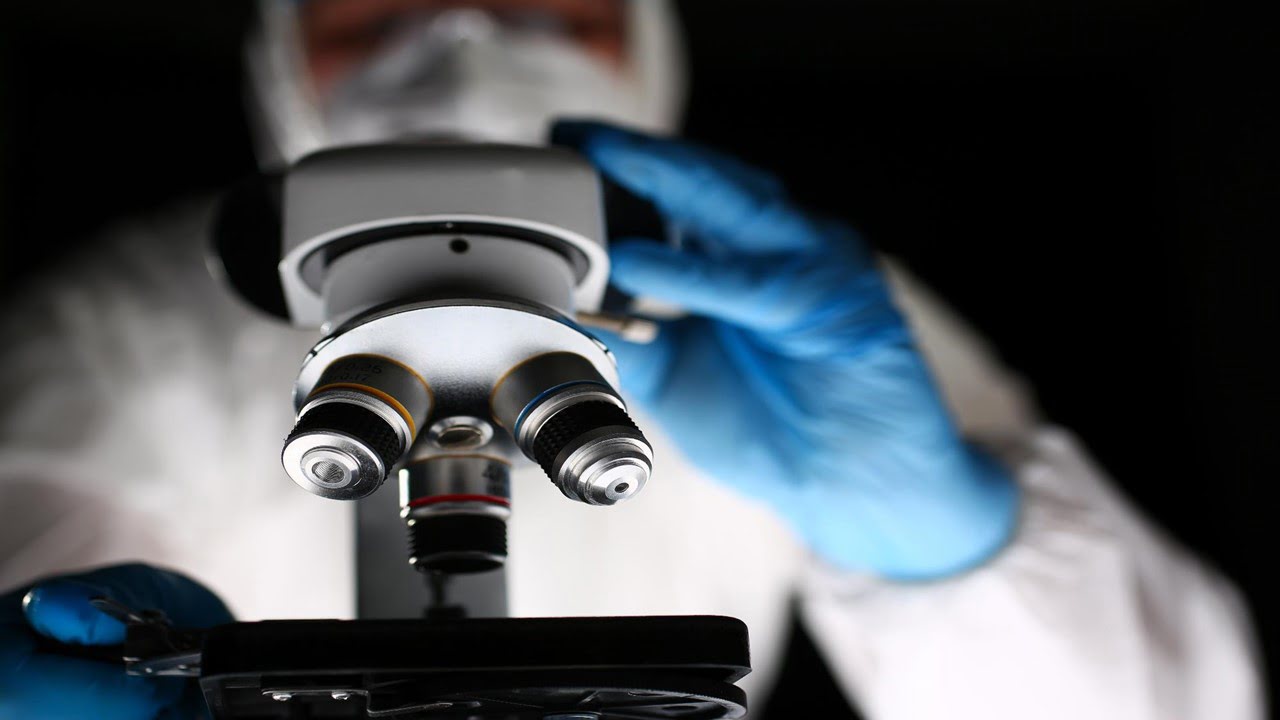
Following iDISCO+-based clearing and immunolabeling, researchers devised a protocol for the complete human eye’s light sheet fluorescence microscopy (LSFM). En-face observation of the fundus and resolution of retinal capillaries are made possible by this method’s ability to provide three-dimensional (3D) navigation and personalized presentation. This technique is helpful in anatomopathology and research because it gets [..]
Read More
Scientists have created plasmonic plastic, a 3D-printable composite material with special optical qualities. This research has produced 3D-printed optical hydrogen sensors, which may be crucial to the industrial and energy shift toward green energy. Over the past 20 years, there has been a sharp increase in interest in plasmonic metal nanoparticles and all of their [..]
Read MoreResearchers have developed a nonrelativistic and nonmagnetic approach to generate Terahertz (THz) waves, which can be used to probe the magnetic properties of new materials. Researchers use the anisotropic electrical conductivity of particular materials to directly exploit laser-excited, high-density charge currents across nanoscale metallic surfaces to harness the power of these currents to generate THz [..]
Read More
Raman spectroscopy—a method of evaluating substances by shining monochromatic light over a sample and seeing the emerging dispersed light—has frustrated biologists for more than fifty years. During the optical measurements, the heat generated by the light nearly kills living proteins, leading to decreased and non-repeatable findings. It appears that these hassles may be the past [..]
Read More